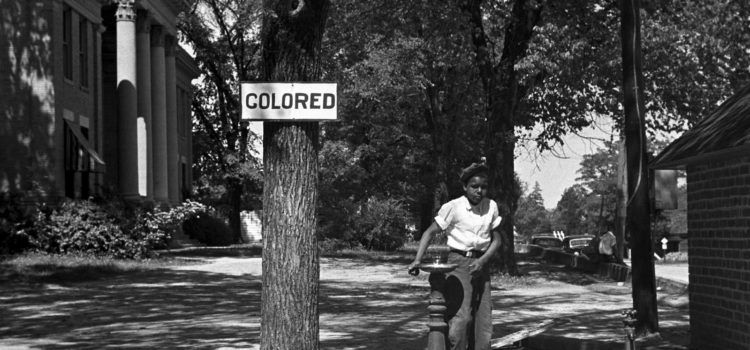

This article is an excerpt from the Shortform summary of "White Fragility" by Robin J. DiAngelo. Shortform has the world's best summaries of books you should be reading.
Like this article? Sign up for a free trial here .
How do you define structural racism? What are some structural racism examples?
The structural racism definition is a type of race-based discrimination that is inherent in the structures of society. It is not in the individual interactions but in the overall societal norms.
Read on to better understand how to define structural racism.
Individual vs. Structural Racism
As we’ve seen, overt expressions of racial hostility on the part of white people have become taboo since the civil rights era. Whereas whites of previous generations would openly and proudly proclaim their belief in the justness of white supremacy, few would do so now. Most white people today openly profess to believe that racism (however they define it) is immoral.
But this shift in what white people are willing to publicly express has done nothing to dismantle the very real power of white supremacy in American life. In many ways, in fact, it’s reinforced racism by making it less visible for white people and giving them plausible deniability for their responsibility in upholding it.
Of course, we know from the previous chapter that white people receive messages about white superiority as soon as they enter the world—from media misrepresentation of minorities, the segregated spaces most white people inhabit, and the absence of minorities from positions of power in key American institutions.
Racism is not defined by specific behaviors committed by cruel and depraved individuals. It is a structural phenomenon, a framework that defines how we define our place (and that of others) in society. That’s how you define structural racism.
Racism thus gets watered down to something that only “bad” people do. This is at the root of white fragility—white people will furiously deny their racially problematic behaviors and patterns of thought because they view any discussion of them as an assault on their character.
This is fundamentally not how racism works. Racism is a force woven deeply and permanently into every institution of American life. The intentions or moral positions of individual white people are irrelevant here. Racism is a system that we all participate in, that we cannot escape from, and that imposes real costs on people of color (and real benefits for white people).
Structural racism examples are seen with:
- The poverty rates for people of color (there is a large and persistent wealth and income gap between white and black Americans);
- The quality of the education they receive (majority-black schools receive fewer funding resources and African-Americans are less likely to receive a higher education degree);
- Health outcomes (African-Americans have shorter life expectancies than whites); and
- The alarming frequency with which black people are harassed, incarcerated, and even killed by the criminal justice system (African-Americans are incarcerated at five times the rate of whites).
Remember the issues with structural racism as you continue to learn about race.

———End of Preview———
Like what you just read? Read the rest of the world's best summary of Robin J. DiAngelo's "White Fragility" at Shortform .
Here's what you'll find in our full White Fragility summary :
- Why white people become defensive when confronted with the idea of racism
- How today's racial hiearchy began in roots centuries ago
- How we as society can gradually overcome our deep racial divides






